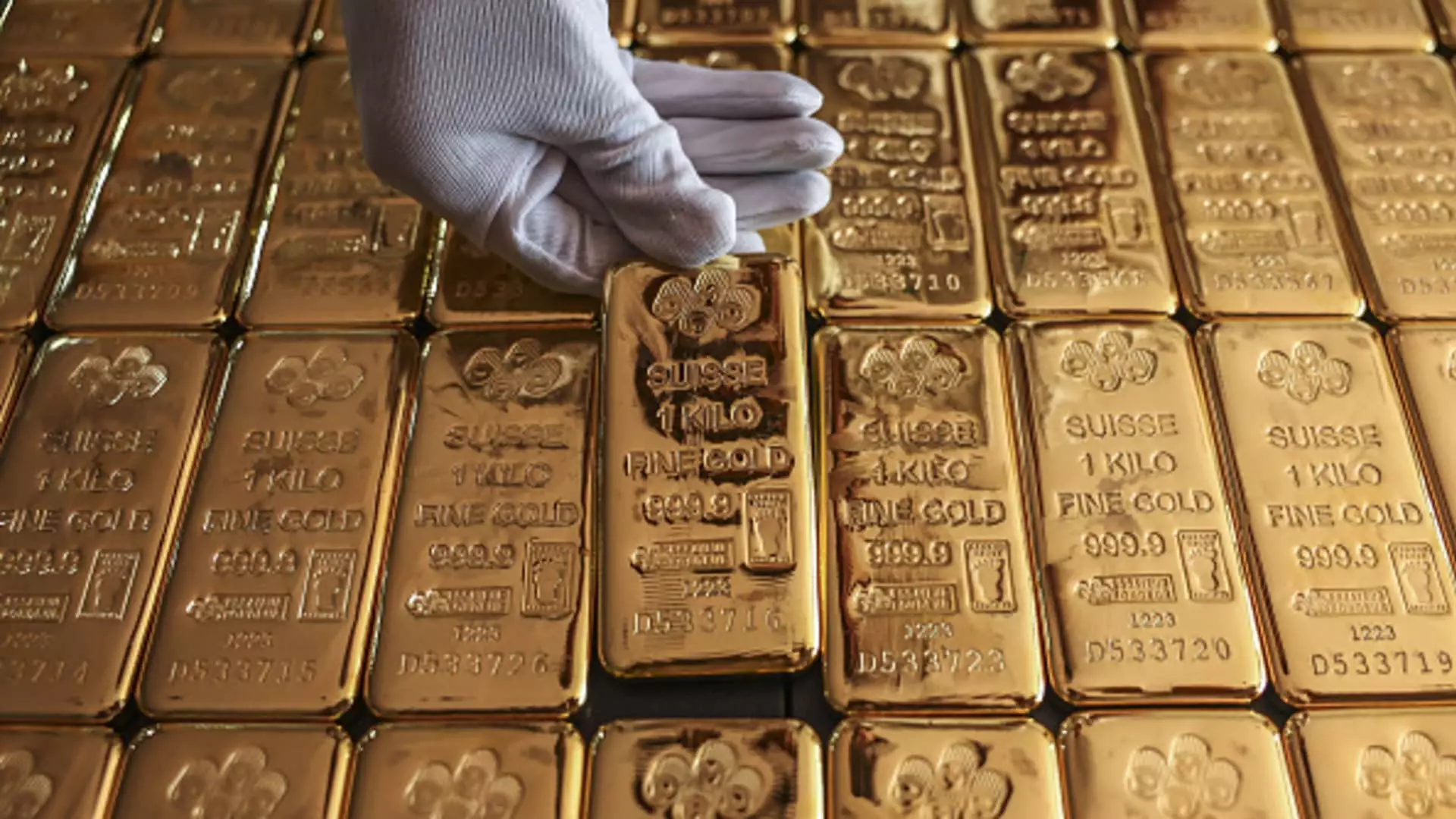Two decades after the introduction of the first gold-tracking exchange-traded fund (ETF), the commodity continues to capture investor interest and confidence. George Milling-Stanley, the chief gold strategist at State Street, recently expressed optimism about gold’s short-term and long-term potential during an interview with CNBC’s “ETF Edge.” He highlighted trends that are expected to bolster gold prices, citing robust demand from central banks and heightened investment activity from individual investors, particularly in burgeoning economies like India and China. Milling-Stanley’s assertions reflect a broader sentiment that gold remains a cornerstone in the diverse portfolio of modern investors.
Despite a decline in gold futures following the recent elections, which saw a shift toward riskier assets such as equities and cryptocurrencies, Milling-Stanley remains resolute in his bullish stance. The market’s inclination toward risk-on assets has indeed led to significant gains in stocks and digital currencies, yet gold appears poised for a rebound. Investors are beginning to take note of the stability that gold can provide amid fluctuating market dynamics. Milling-Stanley suggests that the ETF, particularly the SPDR Gold Shares (GLD), is not only recovering but may also continue to gain traction as a safe haven amidst economic uncertainty.
The launch of the GLD ETF 20 years ago marked a pivotal moment in the investment landscape, revolutionizing how individuals approach the ownership of commodities. Traditionally, gold investment was often confined to jewelry or direct bullion purchases; however, the introduction of GLD has streamlined access to gold for a broader audience. According to Todd Sohn, a strategist at Strategas, the GLD ETF democratized gold investment, allowing investors to diversify their portfolios beyond just equities and fixed income. This shift indicates a profound alteration in investor behavior and a more integrated approach to asset allocation.
Since its inception, GLD has achieved an impressive 451% return, underscoring the resilient allure of gold as an asset in times of economic instability. Investors increasingly regard gold not merely as a commodity but as a strategic hedge against inflation and geopolitical tensions. This has led to a notable transition in how gold is perceived—growing from a traditional safe haven to an essential component of modern financial planning.
As we glance back at the trajectory of gold investment over the past two decades, it is evident that the introduction of gold ETFs like GLD has transformed not just the accessibility of the commodity but also the framework of investment strategies. With influential market forces continuing to favor gold, Milling-Stanley’s optimistic viewpoint suggests that the precious metal’s enduring appeal will likely persist, making it an essential asset for both new and seasoned investors in the years to come. As the landscape of investments evolves, the golden era of gold seems far from over.

